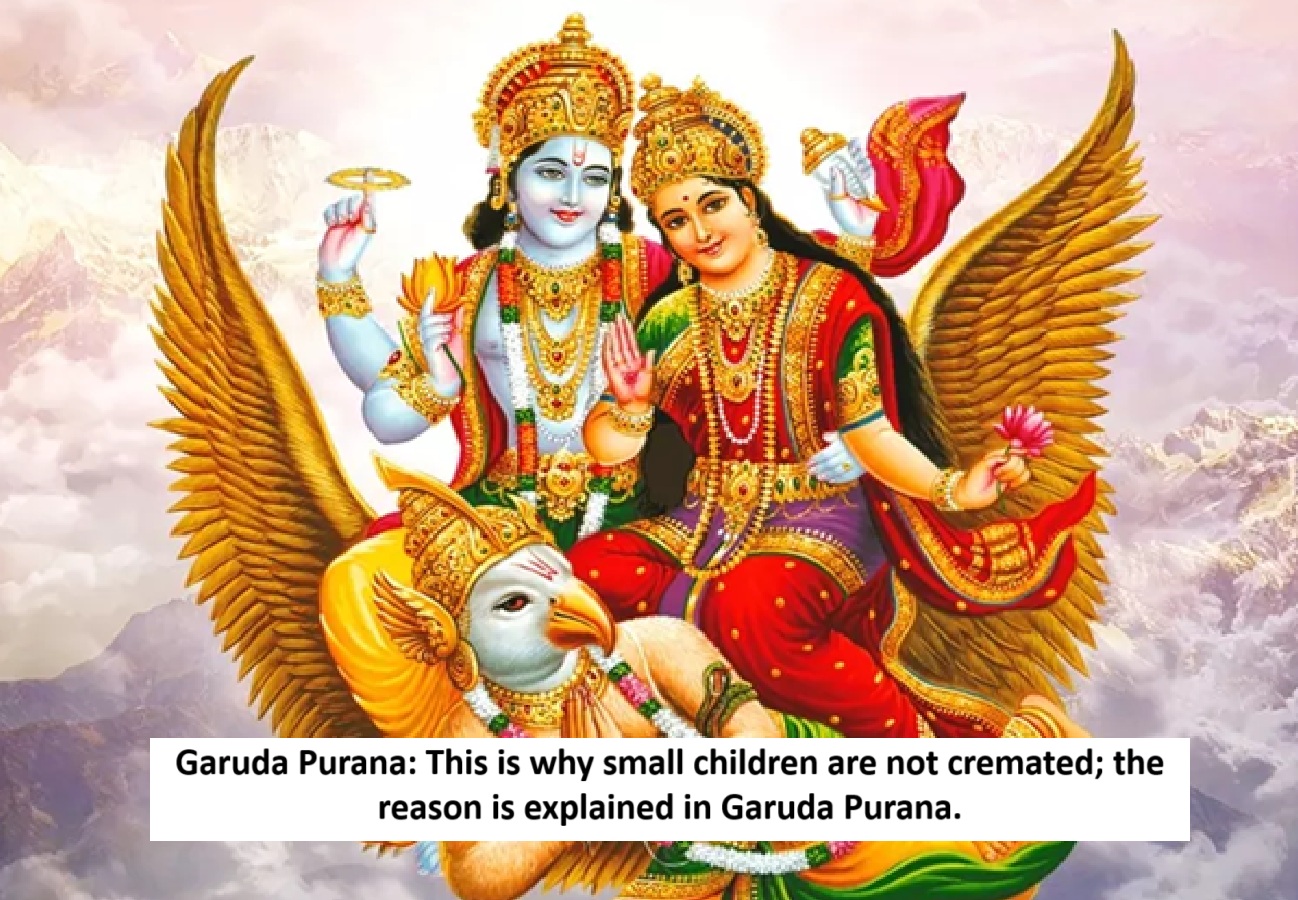
News Topical, Digital Desk : The last of the 16 sacraments prescribed in Hinduism is an important ritual. It is believed to liberate the soul from all bondages. However, in Hinduism, young children are not cremated. This is explained in the Garuda Purana, one of the 18 major Puranas of Sanatan Dharma. Let's learn more about it.
Why is cremation performed?
The reason behind cremation is to free the soul from its attachment to the body and attain liberation. This frees the soul from all physical bondages, paving the way for its path to salvation.
Additionally, the Garuda Purana states that the human body is composed of five elements: earth, water, air, fire, and space. Cremation involves surrendering the body to the flames, allowing it to merge with these elements and granting peace to the soul.
This description is found in Garuda Purana
According to the Garuda Purana , if a fetus or a child under the age of five dies, their cremation is not performed. The reason given is that at such a young age, there is no attachment or attachment. Furthermore, these infants are free from the bondage of all sins and virtues.
In such a situation, the soul has no attachment to the body and easily leaves it. Therefore, there is no need for cremation. Therefore, the soul leaves the body immediately. This is why, in Hinduism, newborns and young children are buried or immersed in a river instead of cremated.
And who doesn't have a cremation?
In addition to young children, the bodies of saints and sages are also not cremated. The reason behind this is believed to be that saints renounce all worldly pleasures and attachments in their lives. Furthermore, they also achieve mastery over their senses through penance and meditation. Therefore, the tradition of burying the bodies of saints and sages continues.
Read More: Mangal Dosh Ke Upay: Troubled by Mangal Dosh? Then start chanting these mantras today.
--Advertisement--

 Share
Share



